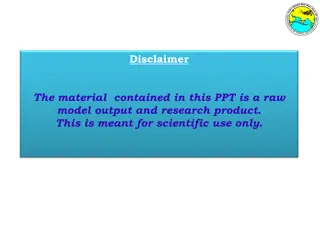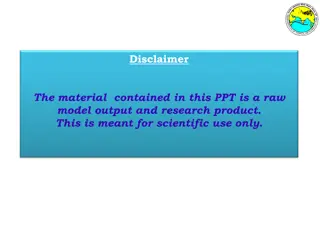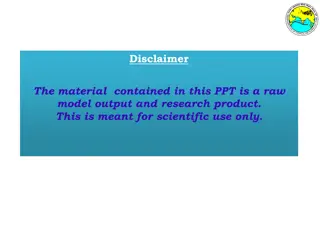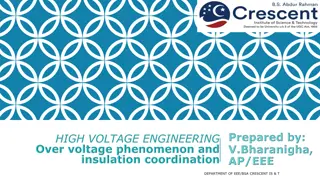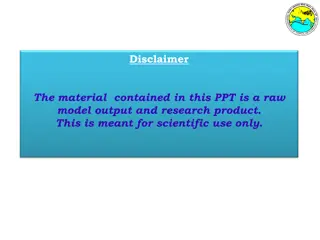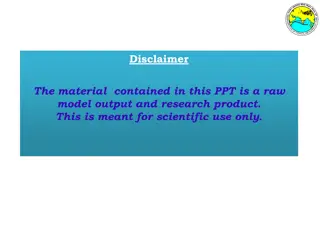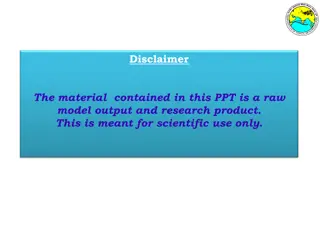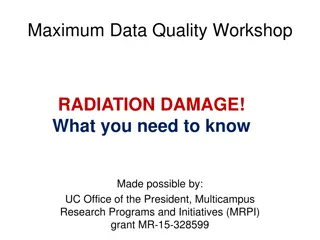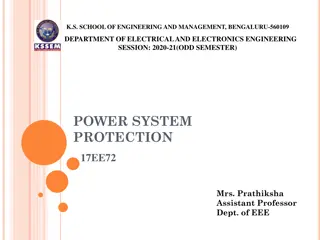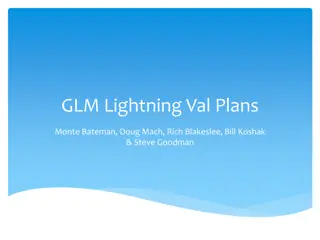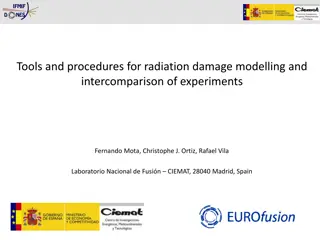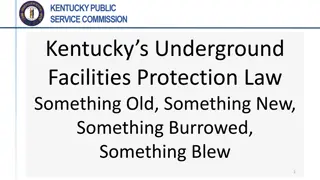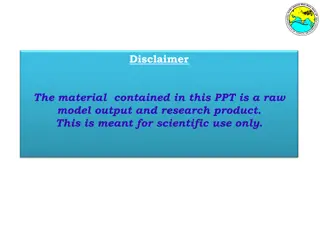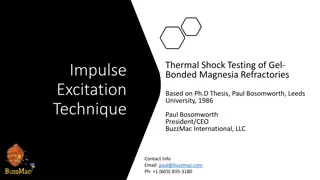Understanding Lightning Damage Prevention
Lightning strikes cannot be stopped, but their damage can be mitigated by redirecting the energy. This presentation explores the four basic types of lightning damage - physical, secondary effect, electromagnetic effect, and damage by ground reference potential. Learn about the dangers of lightning strikes, their effects on structures and equipment, and how to protect against them effectively.
Download Presentation

Please find below an Image/Link to download the presentation.
The content on the website is provided AS IS for your information and personal use only. It may not be sold, licensed, or shared on other websites without obtaining consent from the author. Download presentation by click this link. If you encounter any issues during the download, it is possible that the publisher has removed the file from their server.
E N D
Presentation Transcript
The Simplest way to Prevent Lightning Strikes!
How can you stop lightning damage? The fact is, you can t stop lightning, but you can redirect it. This presentation will review the different types of lightning damage, how to identify them, and how to protect your facility, personnel and other assets.
4 Basic Types of Lightning Damage Physical Damage Secondary Effect Damage Electromagnetic Effect Damage Damage by Ground Reference Potential
1. Physical Damage According to the National Weather Service a typical lightning flash is about 300 million Volts, 30,000 Amps and can heat the air up to 50,000 degrees Fahrenheit. This combination of power and heat can cause serious damage to the human body and nearby buildings and equipment.
2. Secondary Effect Damage Indirect effects can also be damaging. For example, if lightning strikes a building transient over voltages maybe caused through resistive, inductive and capacitive coupling. If it takes place: - Within a flammable material, it can cause a fire or explosion. - Within a bearing, such as in a pump in a treatment plant, it can scar the bearing and cause premature wear. - On a circuit board, it can damage the circuit board and its components.
3. Damage by Electromagnetic Effect The lightning discharge current, whether by direct strike or carried by a lightning down conductor, generates a field whose electrical and magnetic components reach considerable voltage. This electromagnetic field can induce electrical currents in nearby conductors, including wires and electrical equipment. The current induced by electromagnetic effect can easily be sufficient to cause damage.
4. Damage by Ground Reference Potential The lightning current that falls on a lightning conductor causes an increase in the earth potential of an installation, which will cause an overvoltage between the earthing system and the internal lines within the installation. This overvoltage spreads to neighbouring installations via the distribution network. When a lightning strike hits the ground or an item near the building (prominence, tree, post, etc.) directly, there is a similar increase in the earth potential causing over voltages in installations near the strike, via their earthing electrodes.
What can be done to Prevent Lightning Strikes One of the simplest methods to prevent lightning damage is to install a lightning protection system. Lightning Eliminators is a one stop shop for lightning safety products. We have 3 individual product lines that can be integrated together for a comprehensive lightning protection system. These product lines include Lightning Prevention Products like our Dissipation Array Systems (DAS), Spine Ball Ionizers (SBI), Spine Ball Terminals (SBT), and Streamer Delaying Air Terminals (SDAT), Grounding and Surge solutions. Lightning will strike whatever it desires, buildings, trees, mountains, cars, etc. so it s important to be aware of both direct and indirect lightning strikes and the damages that they can create.







